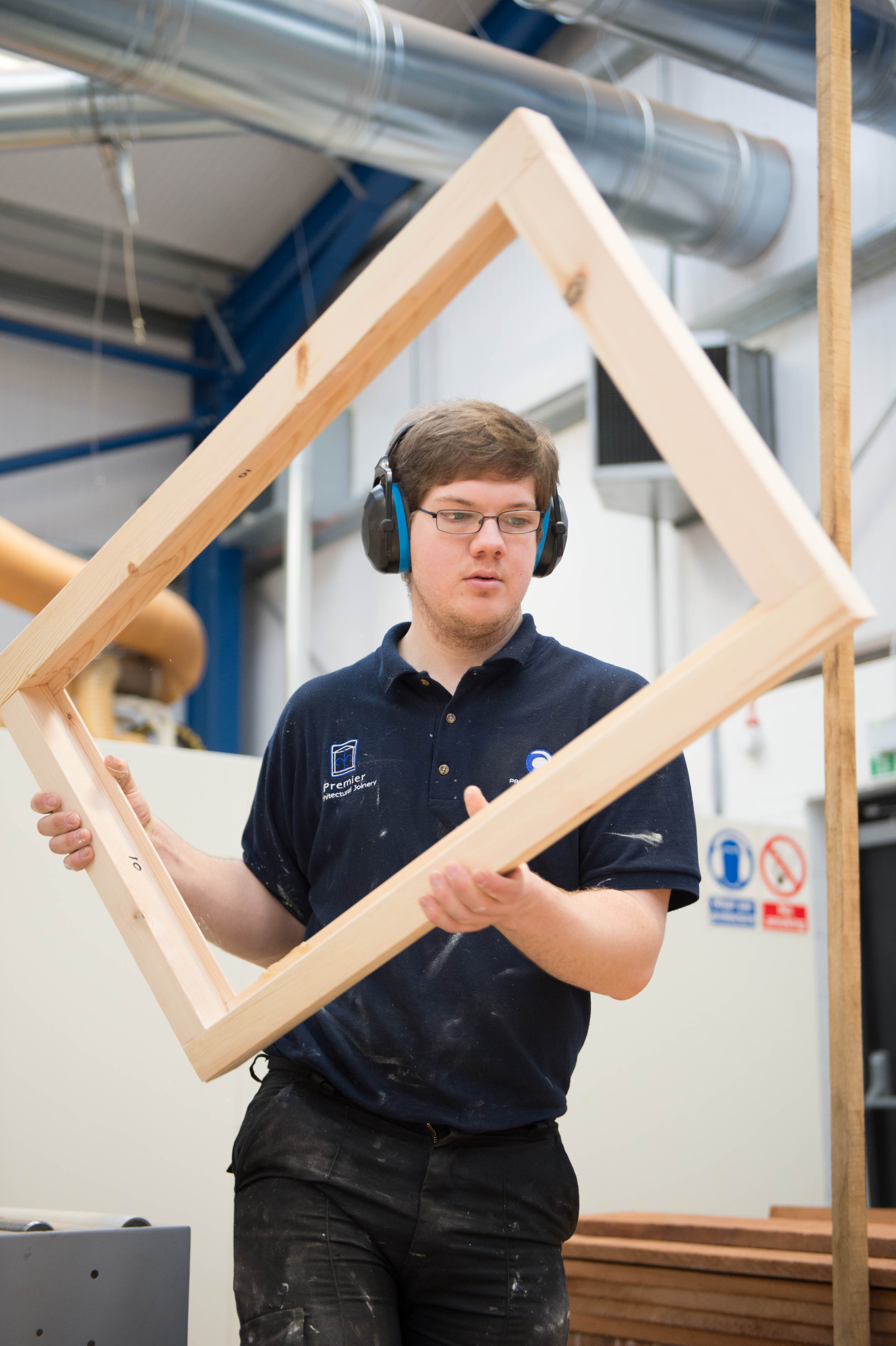 The BWF Joinery State of Trade Survey Q2 2015 indicated that sales expectations remain encouraging and demand is less of a constraint on business as sales continue to grow. Unfortunately the availability and cost of labour has become more of a burden on the joinery sector. BWF Policy & Communications Executive Matt Mahony commented on the survey findings:
The BWF Joinery State of Trade Survey Q2 2015 indicated that sales expectations remain encouraging and demand is less of a constraint on business as sales continue to grow. Unfortunately the availability and cost of labour has become more of a burden on the joinery sector. BWF Policy & Communications Executive Matt Mahony commented on the survey findings:
“Sales volumes are still growing comfortably despite not meeting the increases anticipated by respondents in the previous survey. Optimism remains high for the quarter and year ahead, however survey respondents continue to voice concerns about being squeezed on price.
“Raw material costs are still the main factor noted as increasing unit costs over the previous year, however wages and salaries are now not far behind. The decline in fuel costs appear to have abated.
“Order books and capacity usage have changed little over the past quarter as demand is now less of a constraint. One of the main causes of concern though is the ability of joinery companies to attract and pay for skilled labour.
 "Anecdotal evidence from respondents suggest that the industry is simply not getting enough quality recruits, which is a concern bearing in mind the latest forecasts anticipate further growth in the construction industry.
"Anecdotal evidence from respondents suggest that the industry is simply not getting enough quality recruits, which is a concern bearing in mind the latest forecasts anticipate further growth in the construction industry.
“It is of fundamental importance that the UK woodworking industry has the skills to meet demand in order to compete with imports and rival material sectors. In 2015, growth of 4.9% has been forecast by the Construction Products Association which is almost double the rate of UK economic growth, albeit with construction industry output in 2015 expected to remain below its 2007 pre-recession peak.
“Output is anticipated to rise a further 4.2% in 2016 driven by private housing, commercial and infrastructure with a boost over the long term from increasing public sector work on schools and hospitals. The domestic woodworking sector must ensure it has the skills in place to capitalise.”
Key points from the BWF Joinery State of Trade Survey Q2 2015 included:
– A balance of 39% of joinery companies reported an increase in sales volumes for Q2 2015 compared to the previous quarter. This follows on from 46% of joinery companies reporting an increase in sales volumes in Q1. Sales volumes results showed a balance of 52% of respondents reporting an increase over the past year.
– Manufacturers were very confident that sales volumes would improve in the next quarter, with a balance of 60% predicting an increase for Q3 2015, and a balance of 64% predicting an increase over the next year.
– 56% of respondents had been using more than 70% of their manufacturing capacity in Q2 2015, compared to 73% of respondents over Q1. 62% respondents indicated they would be using over 70% capacity over the next quarter, and also over the next year.
– 55% of respondents noted an order book between 1 and 3 months, with the 30% of respondents reporting an order book extending beyond 3 months.
– Labour availability and demand were each listed as the likely constraint on activity over the next year by 24% of respondents (demand down from 32% in the Q1 responses, no change for labour availability), with capacity availability listed by 21%.
– 58% of respondents anticipated increasing their labour force over the next year, with no respondents expecting to reduce it.
– Raw material costs increased for 69% of respondents on balance, with wages/salaries reported as having the next highest increase at 64%.
– 38% on balance reported that energy costs had been a factor in increasing unit costs, with a balance of 0% of respondents reported a drop/increase in fuel costs, after two successive quarters of decline.
– Investment in product improvement had been increased by 43% of companies on balance over the next year, with a balance of 53% having boosted investment over the previous year.
– 54% of respondents on balance were planning to boost manufacturing equipment spending with 63% having increased spending over the previous year.
BWF members can log in and view the full survey report and the latest industry information and forecasts here: www.bwf.org.uk/publications/market-research

 The BWF Joinery State of Trade Survey Q2 2015 indicated that sales expectations remain encouraging and demand is less of a constraint on business as sales continue to grow. Unfortunately the availability and cost of labour has become more of a burden on the joinery sector. BWF Policy & Communications Executive Matt Mahony commented on the survey findings:
The BWF Joinery State of Trade Survey Q2 2015 indicated that sales expectations remain encouraging and demand is less of a constraint on business as sales continue to grow. Unfortunately the availability and cost of labour has become more of a burden on the joinery sector. BWF Policy & Communications Executive Matt Mahony commented on the survey findings: "Anecdotal evidence from respondents suggest that the industry is simply not getting enough quality recruits, which is a concern bearing in mind the latest forecasts anticipate further growth in the construction industry.
"Anecdotal evidence from respondents suggest that the industry is simply not getting enough quality recruits, which is a concern bearing in mind the latest forecasts anticipate further growth in the construction industry.